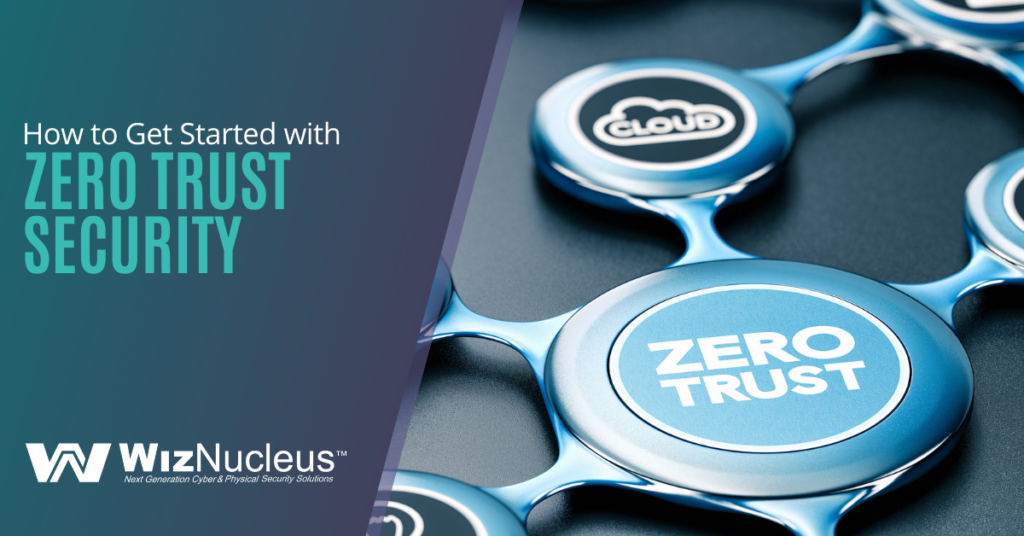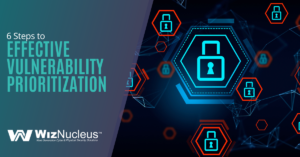The way that antivirus programs and cybersecurity worked originally was to identify the bad actors, and then block them. This worked fairly well at the beginning of the technology age because there was usually time to identify and add certain viruses and scripts to a threat signature database.
Various programs then tapped into that database, like a wall of FBI most-wanted photos, and as soon as one of the threats listed was identified, it was blocked.
This system is now outdated because threats come so fast and many of them are what’s known as “zero-day” threats. These are malicious scripts and exploits that are so new they haven’t been cataloged in any databases yet.
Zero-day exploits are at an all-time high. These threats often infiltrate popular technology that is used widely throughout the business world. 75% of zero-day vulnerabilities are attached to products by Microsoft, Apple, and Google.
To stay one step ahead of these types of threats that come fast and often, takes a different type of security architecture called zero trust.
What Is Zero Trust Cybersecurity
The legacy cybersecurity approach described above is called a “castle and moat” approach. You identify the “bad guys” using a threat database, and your software puts a ring around your network to keep them out. This method assumes that those who have made it through that security are allowed to be there.
Zero trust takes a different approach. First, it identifies who is allowed to be there (users and applications), and will keep anyone not on that “approved list” out. This type of security mechanism doesn’t assume that if a user or script made it past the firewall, it’s approved. Instead, it includes continuous monitoring to seek out and address any entity inside your network that doesn’t belong there.
Zero Trust Architecture (ZTA) is becoming the norm for all IT security. In January 2022, the White House issued an executive memorandum requiring that all federal agencies meet the standards of a zero trust approach.
What’s involved in getting started with zero trust security at your organization? We’ll go through some first steps you can take next.
Building Zero Trust Architecture
It’s important to understand that ZTA isn’t one single solution or application that you use. It’s a framework of different security practices and principles you put in place that all work together.
Because zero trust is infused in your IT security practices, you can build out your architecture bit by bit, which makes it attainable for any size business. Following are some ways you can get started.
Enable Multi-Factor Authentication
According to Microsoft, which sees about 300 million fraudulent sign-in attempts per day, enabling multi-factor authentication (MFA) blocks 99.9% of those attempted account breaches.
MFA is easy to implement and widely available for use in multiple SaaS applications. A best practice is using a single sign-on (SSO) solution with MFA to streamline the user experience.
Application Safelisting
Application safelisting consists of creating a list of applications that are approved to run in your network and then blocking any that are not on that list. This is more effective than using a blacklist, for which you need to know what threats are coming your way. Safelisting will block all unknown scripts trying to execute which are not safelisted.
Use an Endpoint Device Manager
Another tenet of zero trust is to control the endpoints that are connected to your network and assets. You need to have a way to reject mobile devices and PCs that are trying to log in but do not have authorization.
The best way to do this is through endpoint device management (also known as mobile device management). With this type of solution, all approved devices are cataloged in your system, and other devices are rejected by default.
Use Blanket Security Solutions for Cloud Tools
Companies use more software tools than ever before since the advent of cloud technology. A study shows the averages as follows:
- Companies with less than 50 employees: 16 SaaS tools
- Companies with 50-99 employees: 24 SaaS tools
- Companies with 100-499 employees: 47 SaaS tools
- Companies with 1000+ employees: 150+ SaaS tools
Without a uniform security policy for all those tools, vulnerabilities and breaches are bound to happen. Look for a system like a cloud access security broker (CASB) or the sensitivity labels policy in Microsoft 365 to get started unifying security among all those SaaS apps.
A CASB will help you apply standard policies across your cloud ecosystem. It also has the ability to review cloud apps for compliance and security, so you can be sure they meet your requirements before going all-in on them.
Come to WizNucleus for Help Implementing Zero Trust
Zero Trust can be done at your own pace and budget, so don’t hold off just because you’re worried about cost. The WizNucleus team can help your mission-critical facility adopt the necessary standards to prepare your IT security for the future.
Contact us today to schedule a free consultation! Call +1 (646) 558-5577 (New York, NY) or +1 (469) 481-1726 (Carrollton, TX) or reach out online.





